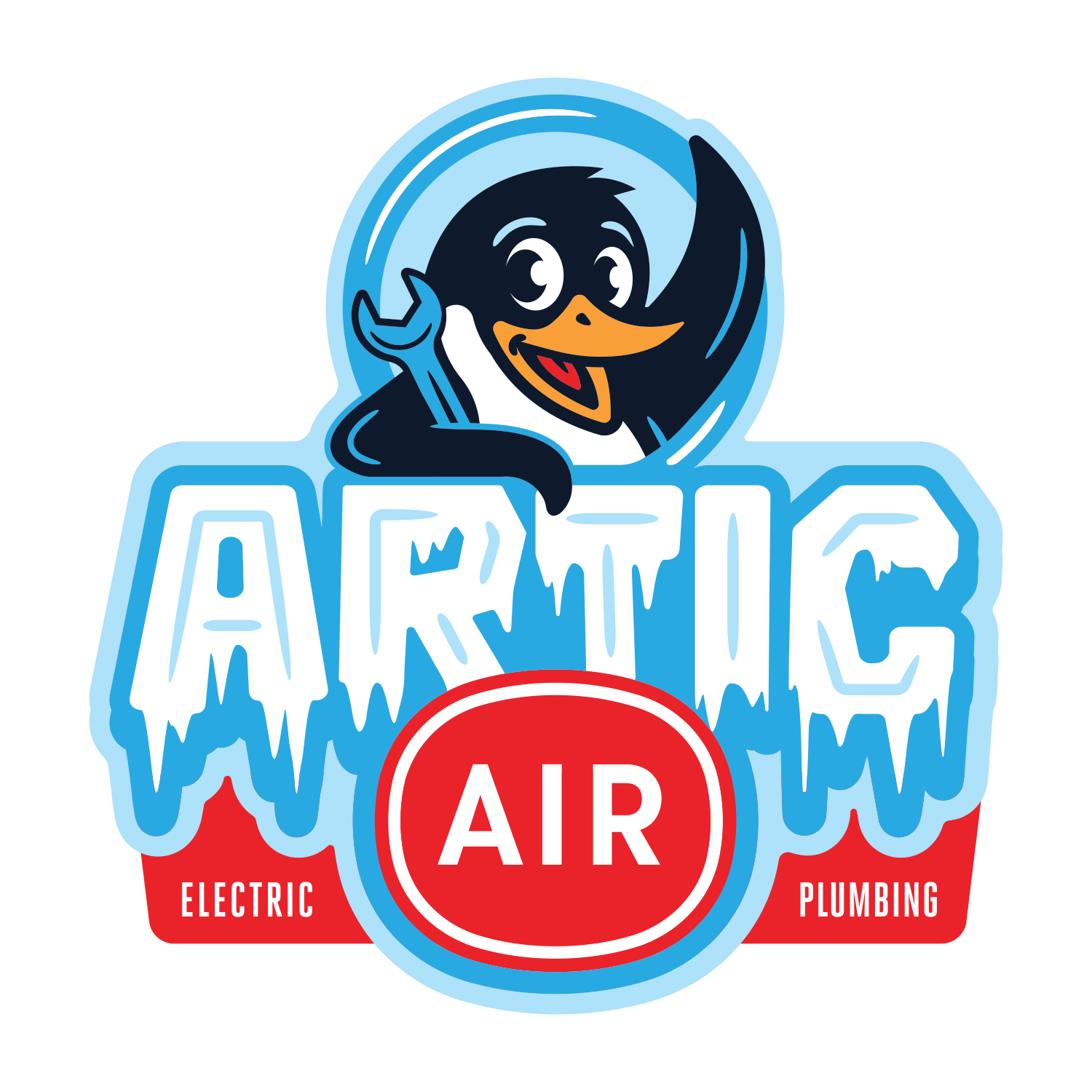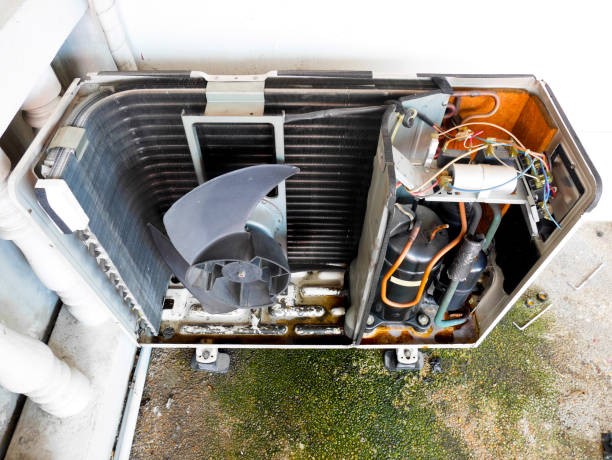In the quest to lower energy bills, many homeowners overlook one simple but critical component: their thermostat. While it may seem like just a small part of your home’s heating and cooling system, an old thermostat can significantly impact your energy consumption and costs. Let’s dive into how an outdated thermostat could be costing you more money and what you can do to remedy the situation.
The Cost of Outdated Thermostats:
- Lack of Precision and Efficiency:
Older thermostats, especially non-programmable ones, often lack the accuracy of newer models. This can lead to heating and cooling systems running longer than necessary, using more energy and increasing costs.
- No Programmable Features:
Modern thermostats allow for detailed scheduling and temperature control. With an old thermostat, you miss out on the efficiency of setting temperatures based on your daily and weekly routines, which can save up to 10% a year on heating and cooling.
- Incompatibility with New HVAC Systems:
If you’ve upgraded your HVAC system but not your thermostat, you might not be reaping the full benefits of your modern system. New HVAC units are designed to work optimally with smart or programmable thermostats that help regulate energy use effectively.
Benefits of Upgrading Your Thermostat:
- Enhanced Energy Efficiency:
Programmable and smart thermostats can adjust the temperature automatically based on your schedule and even learn your preferences over time to optimize energy usage without sacrificing comfort.
- Remote Control and Monitoring:
Many modern thermostats offer Wi-Fi connectivity, allowing you to control your home’s temperature from your smartphone or tablet. This means you can adjust settings on the go, which is perfect for reducing costs if you forget to change the settings before leaving home.
- Detailed Energy Usage Reports:
Some advanced thermostats provide detailed reports on your energy usage and offer suggestions for further savings, helping you make informed decisions about your energy consumption.
- Integration with Home Automation Systems:
New thermostats often integrate seamlessly with other home automation systems, providing a central point of control for your home’s heating, cooling, and energy usage.
Making the Switch:
Upgrading from an old thermostat to a new, programmable or smart model is generally a straightforward process that offers long-term savings. The upfront cost of a new thermostat can often be recouped through the reduction in your energy bills within the first year of installation.
If your home is still equipped with an outdated thermostat, you could be unnecessarily inflating your energy bills. Investing in a modern, programmable, or smart thermostat not only enhances your ability to control your home’s climate but also reduces energy consumption and costs. It’s a small change that can make a significant difference in your energy efficiency and pocketbook.

